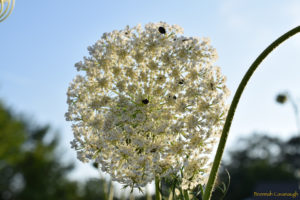
A very common wildflower (or weed, depending on one’s perspective) in my area is a plant known as queen anne’s lace, but it is also called wild carrot, because it is the ancestor of the carrots most people are familiar with eating. It is actually even the same species as domestic carrot. Its presence in large number in the area is a clue that domestic carrots can grow well here (and I have found that to be true). But ironically, its presence also makes it almost impossible to save seeds from domestic carrots grown here, assuming you want the domestic carrots to stay domestic; they will cross with the wild carrots and eventually revert back to wild carrots themselves.
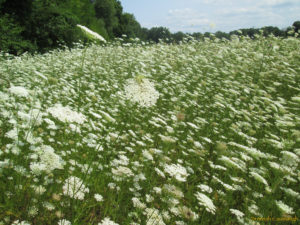
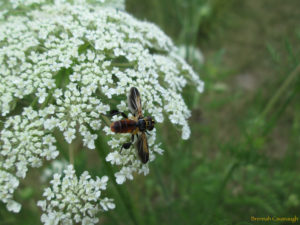
At this point in the year, the wild carrots that are in their second year of life are flowering (carrots are biennials, meaning that they live two years). The flowers are food for many pollinators, but I’ve noticed bumble bees seem to especially like them. Bumble bees race around the flowers while foraging on wild carrot, somehow gathering up pollen while on the run.
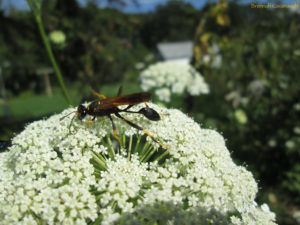
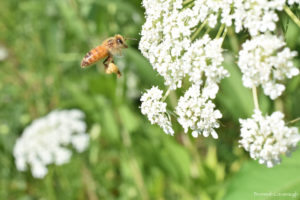
In their first year, wild carrots produce a long taproot to store energy for overwintering. In their second year they flower, grow seeds, and die. Domestic carrots are pretty much the same, but with a slightly more exaggerated, and more colorful, taproot. (Wild carrots have white roots.)
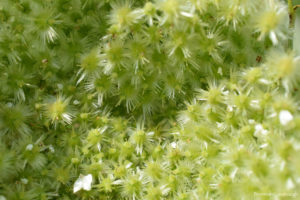
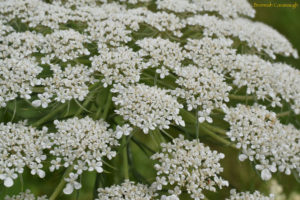
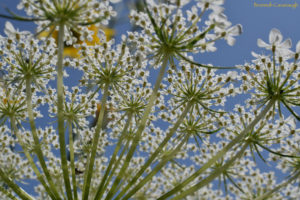
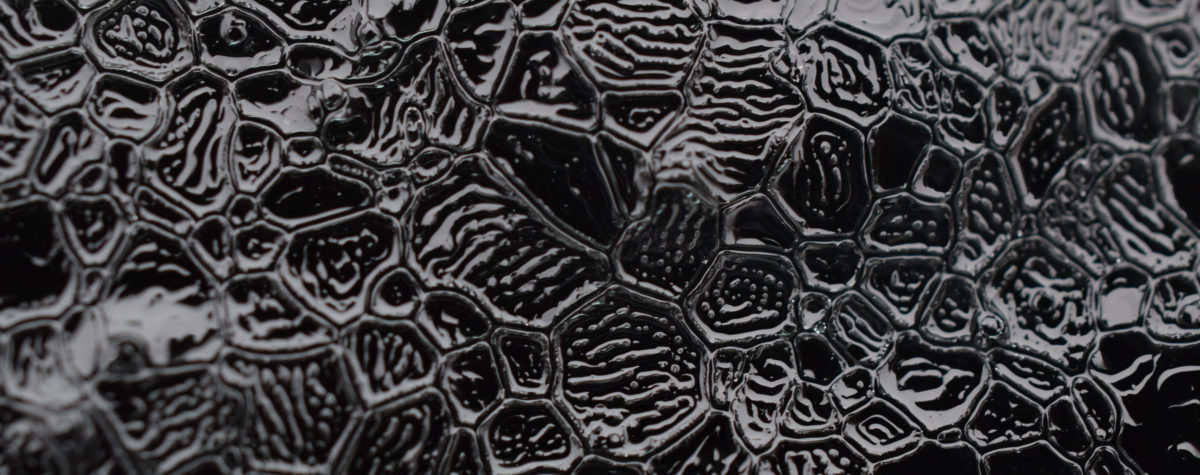
Love this, Brennah, especially the entire sentence about the lone bee that was foraging on the wild carrot. What an amazing observation.
Thanks!
Is it safe to eat wild carrot? Aren’t there closely related plants, perhaps easily mistaken, that are quite dangerous in that regard?
Yes, when learning to forage wild plants, the carrot family is not the place to start! Wild carrot and other plants in this family are edible, but others are very poisonous. And they do all look very similar to each other. The carrot family is considered one of the most dangerous plant families in that regard.